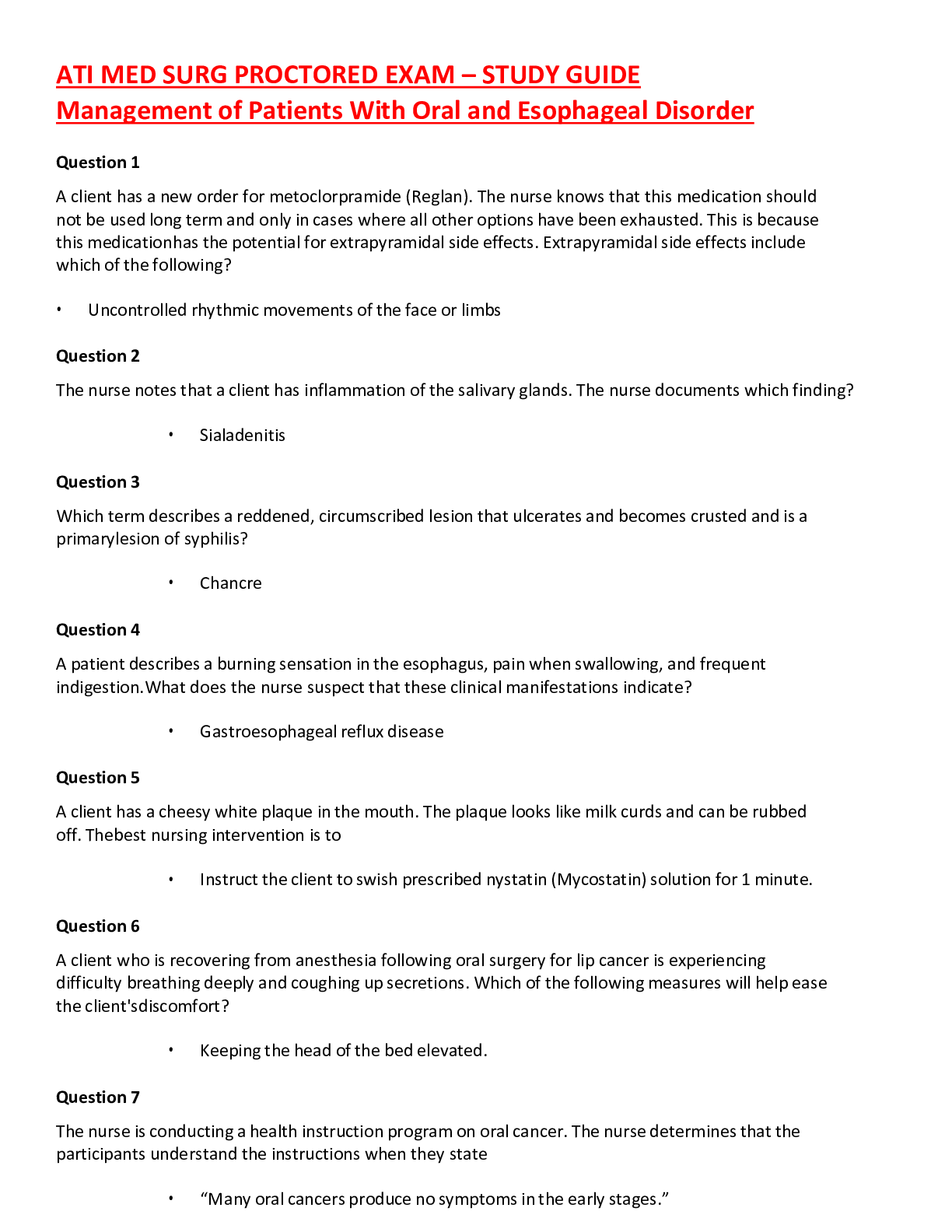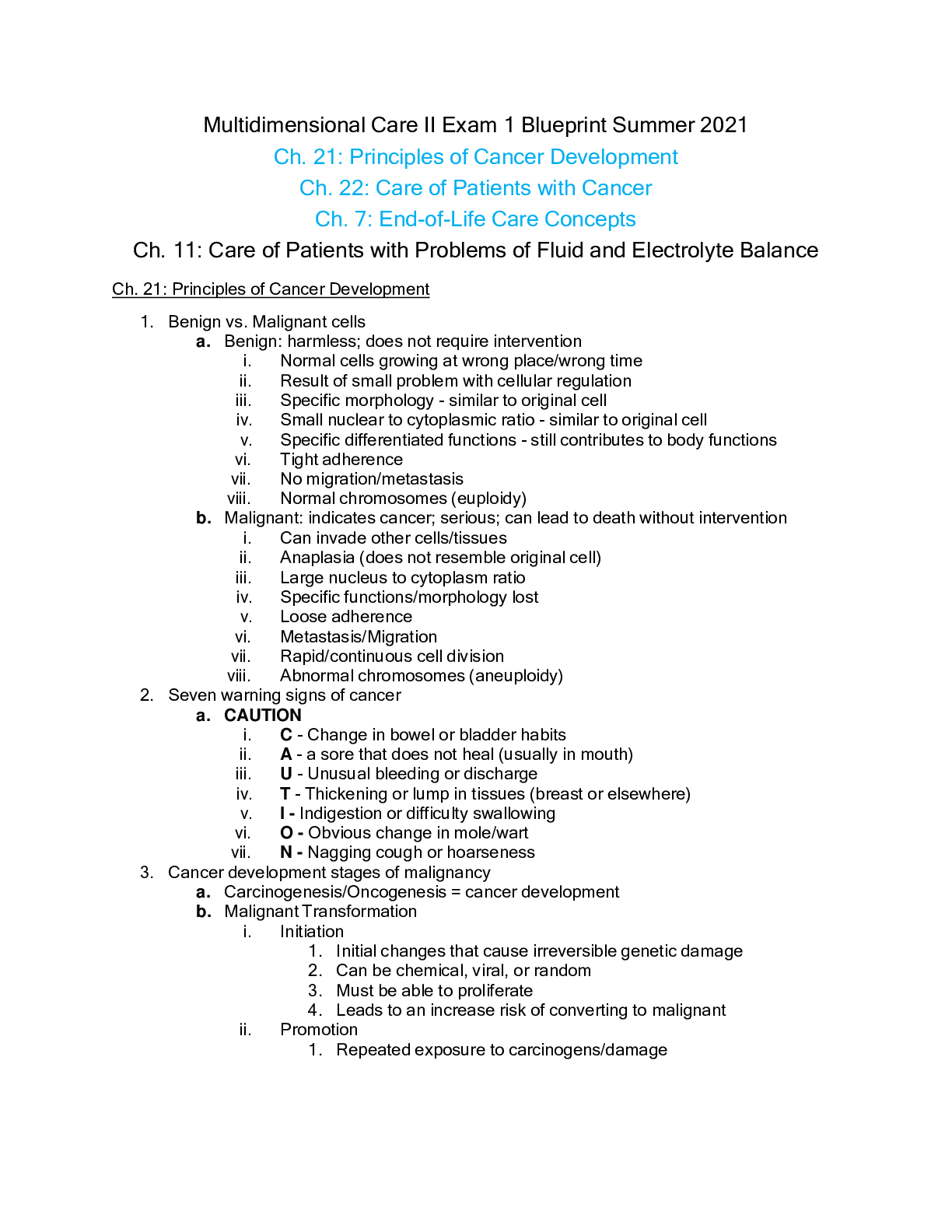*NURSING > STUDY GUIDE > NURS 317 Chapter 34: Schoolcraft College - Care of Patients with Dysrhythmias Ignatavicius: Medical- (All)
NURS 317 Chapter 34: Schoolcraft College - Care of Patients with Dysrhythmias Ignatavicius: Medical-Surgical Nursing, 8th Edition(with correct answers)
Document Content and Description Below
1. A nurse assesses a client’s electrocardiograph tracing and observes that not all QRS complexes are preceded by a P wave. How should the nurse interpret this observation? a. The client has hype... rkalemia causing irregular QRS complexes. b. Ventricular tachycardia is overriding the normal atrial rhythm. c. The client’s chest leads are not making sufficient contact with the skin. d. Ventricular and atrial depolarizations are initiated from different sites. ANS: D Normal rhythm shows one P wave preceding each QRS complex, indicating that all depolarization is initiated at the sinoatrial node. QRS complexes without a P wave indicate a different source of initiation of depolarization. This finding on an electrocardiograph tracing is not an indication of hyperkalemia, ventricular tachycardia, or disconnection of leads. DIF: Understanding/Comprehension REF: 649 KEY: Cardiac electrical conduction MSC: Integrated Process: Nursing Process: Analysis NOT: Client Needs Category: Physiological Integrity: Physiological Adaptation 2. A nurse cares for a client who has a heart rate averaging 56 beats/min with no adverse symptoms. Which activity modification should the nurse suggest to avoid further slowing of the heart rate? a. “Make certain that your bath water is warm.” b. “Avoid straining while having a bowel movement.” c. “Limit your intake of caffeinated drinks to one a day.” d. “Avoid strenuous exercise such as running.” ANS: B Bearing down strenuously during a bowel movement is one type of Valsalva maneuver, which stimulates the vagus nerve and results in slowing of the heart rate. Such a response is not desirable in a person who has bradycardia. The other instructions are not appropriate for this condition. DIF: Applying/Application REF: 663 KEY: Functional ability MSC: Integrated Process: Nursing Process: Implementation NOT: Client Needs Category: Physiological Integrity: Basic Care and Comfort 3. A nurse is assessing clients on a medical-surgical unit. Which client should the nurse identify as being at greatest risk for atrial fibrillation? a. A 45-year-old who takes an aspirin daily b. A 50-year-old who is post coronary artery bypass graft surgery c. A 78-year-old who had a carotid endarterectomy d. An 80-year-old with chronic obstructive pulmonary disease ANS: B Atrial fibrillation occurs commonly in clients with cardiac disease and is a common occurrence after coronary artery bypass graft surgery. The other conditions do not place these clients at higher risk for atrial fibrillation. DIF: Applying/Application REF: 666 KEY: Health screening| cardiac electrical conduction MSC: Integrated Process: Nursing Process: Assessment NOT: Client Needs Category: Safe and Effective Care Environment: Management of Care 4. A nurse assesses a client with atrial fibrillation. Which manifestation should alert the nurse to the possibility of a serious complication from this condition? a. Sinus tachycardia b. Speech alterations c. Fatigue d. Dyspnea with activity ANS: B Clients with atrial fibrillation are at risk for embolic stroke. Evidence of embolic events includes changes in mentation, speech, sensory function, and motor function. Clients with atrial fibrillation often have a rapid ventricular response as a result. Fatigue is a nonspecific complaint. Clients with atrial fibrillation often have dyspnea as a result of the decreased cardiac output caused by the rhythm disturbance. DIF: Applying/Application REF: 666 KEY: Cardiac electrical conduction| vascular perfusion MSC: Integrated Process: Nursing Process: Assessment NOT: Client Needs Category: Physiological Integrity: Reduction of Risk Potential 5. A nurse evaluates prescriptions for a client with chronic atrial fibrillation. Which medication should the nurse expect to find on this client’s medication administration record to prevent a common complication of this condition? a. Sotalol (Betapace) b. Warfarin (Coumadin) c. Atropine (Sal-Tropine) d. Lidocaine (Xylocaine) ANS: B Atrial fibrillation puts clients at risk for developing emboli. Clients at risk for emboli are treated with anticoagulants, such as heparin, enoxaparin, or warfarin. Sotalol, atropine, and lidocaine are not appropriate for this complication. DIF: Applying/Application REF: 667 KEY: Cardiac electrical conduction| medication MSC: Integrated Process: Nursing Process: Analysis NOT: Client Needs Category: Physiological Integrity: Pharmacological and Parenteral Therapies [Show More]
Last updated: 2 years ago
Preview 1 out of 14 pages

Buy this document to get the full access instantly
Instant Download Access after purchase
Buy NowInstant download
We Accept:

Reviews( 0 )
$10.00
Can't find what you want? Try our AI powered Search
Document information
Connected school, study & course
About the document
Uploaded On
Jun 13, 2020
Number of pages
14
Written in
Additional information
This document has been written for:
Uploaded
Jun 13, 2020
Downloads
0
Views
140











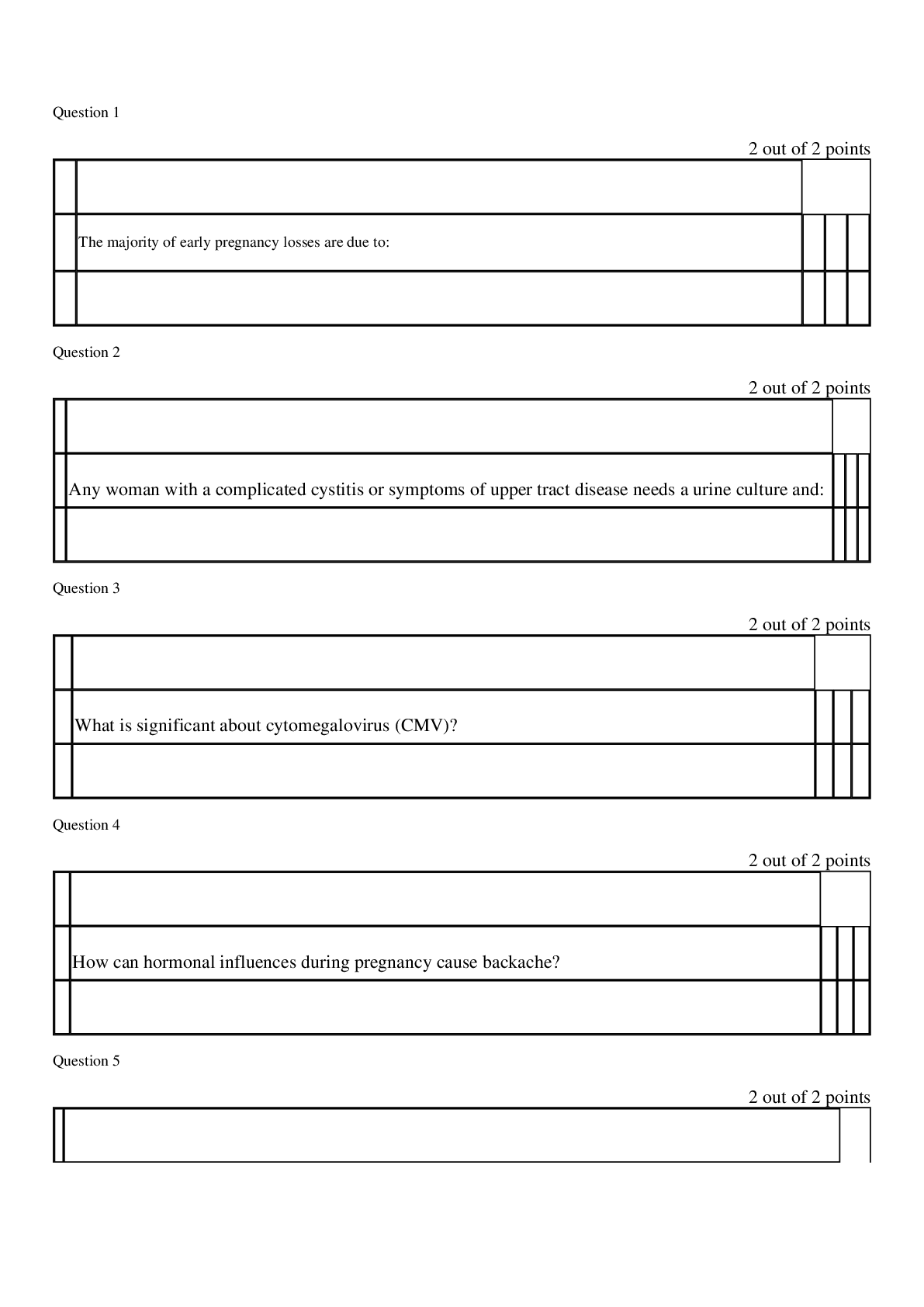

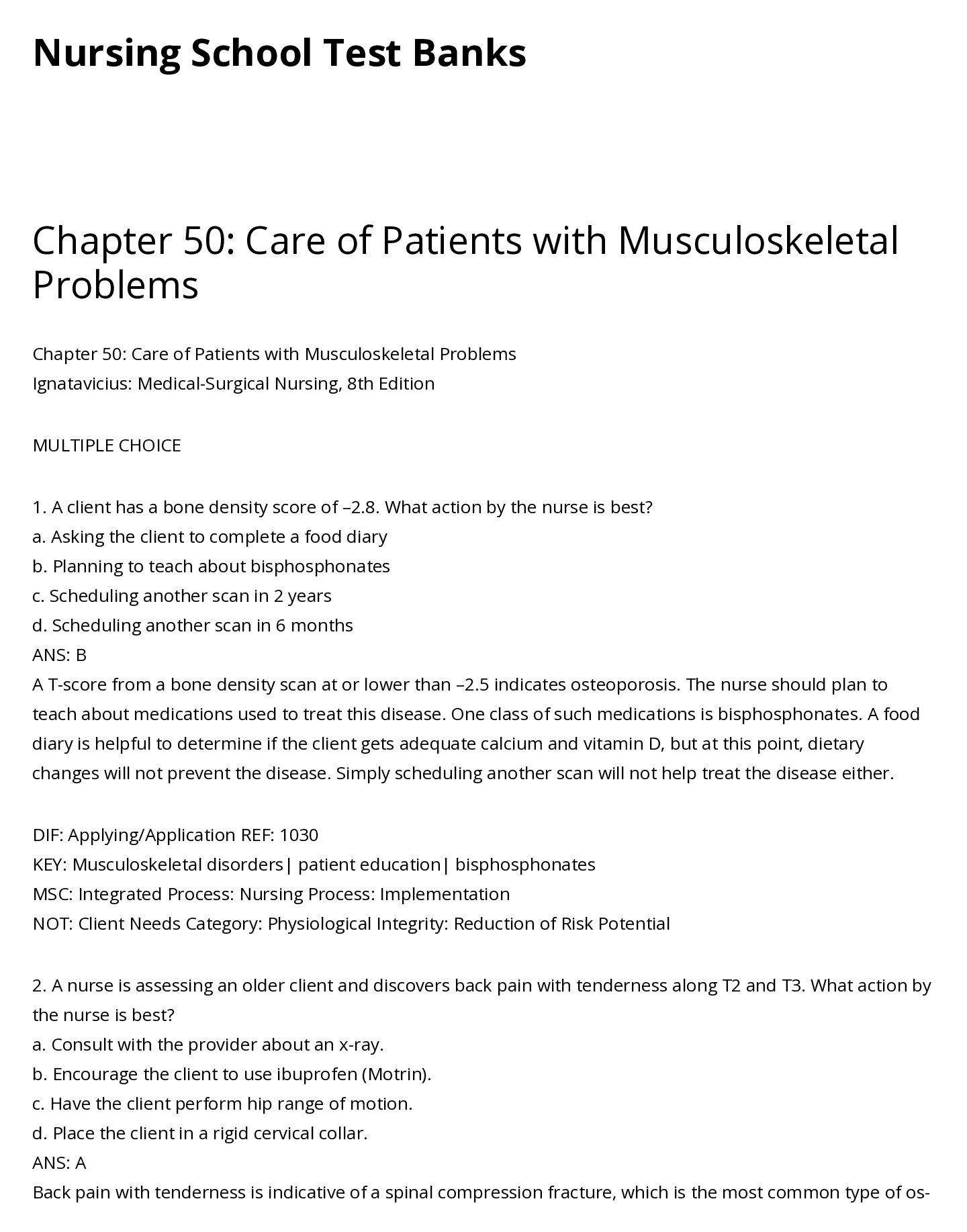

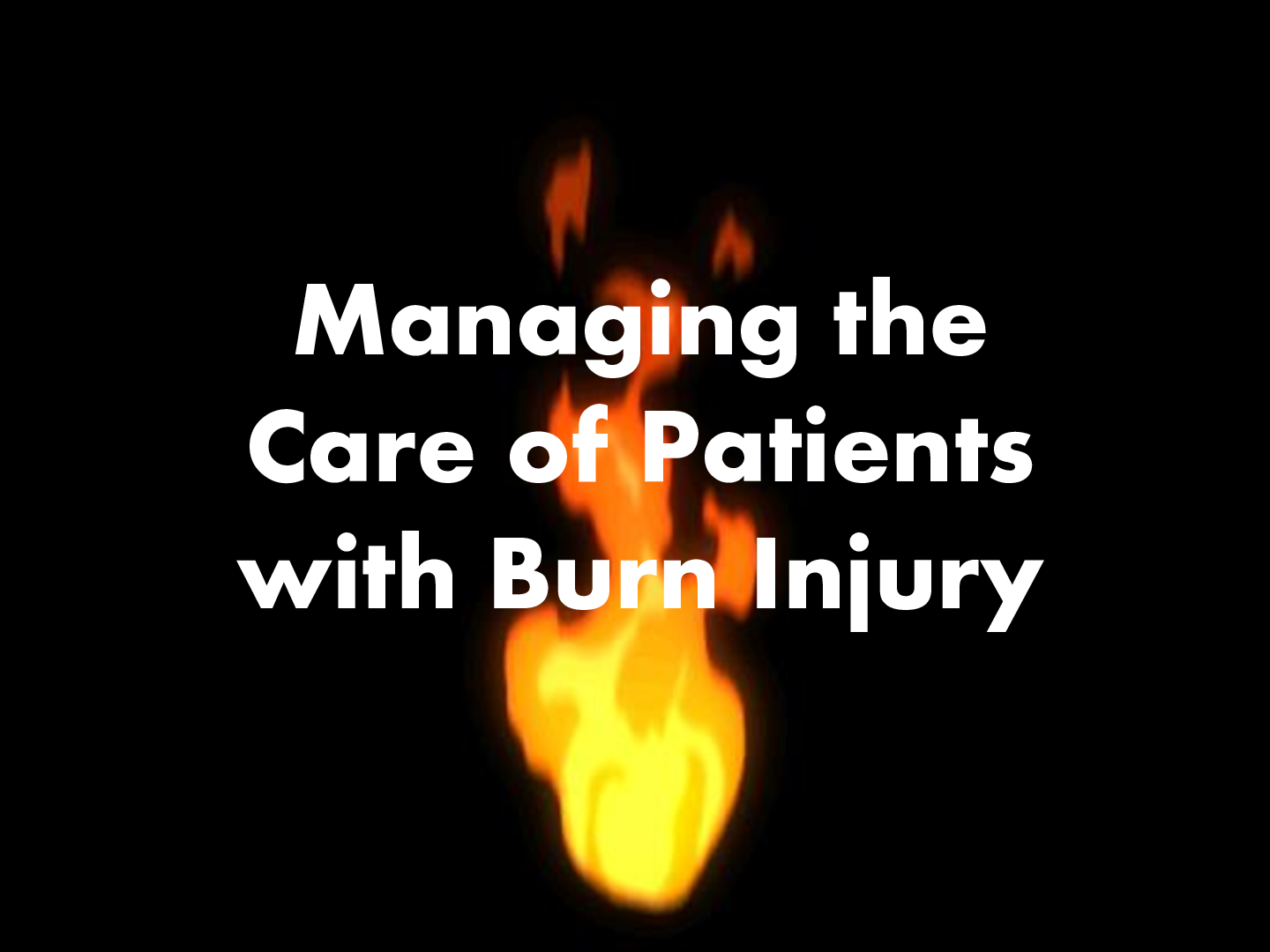
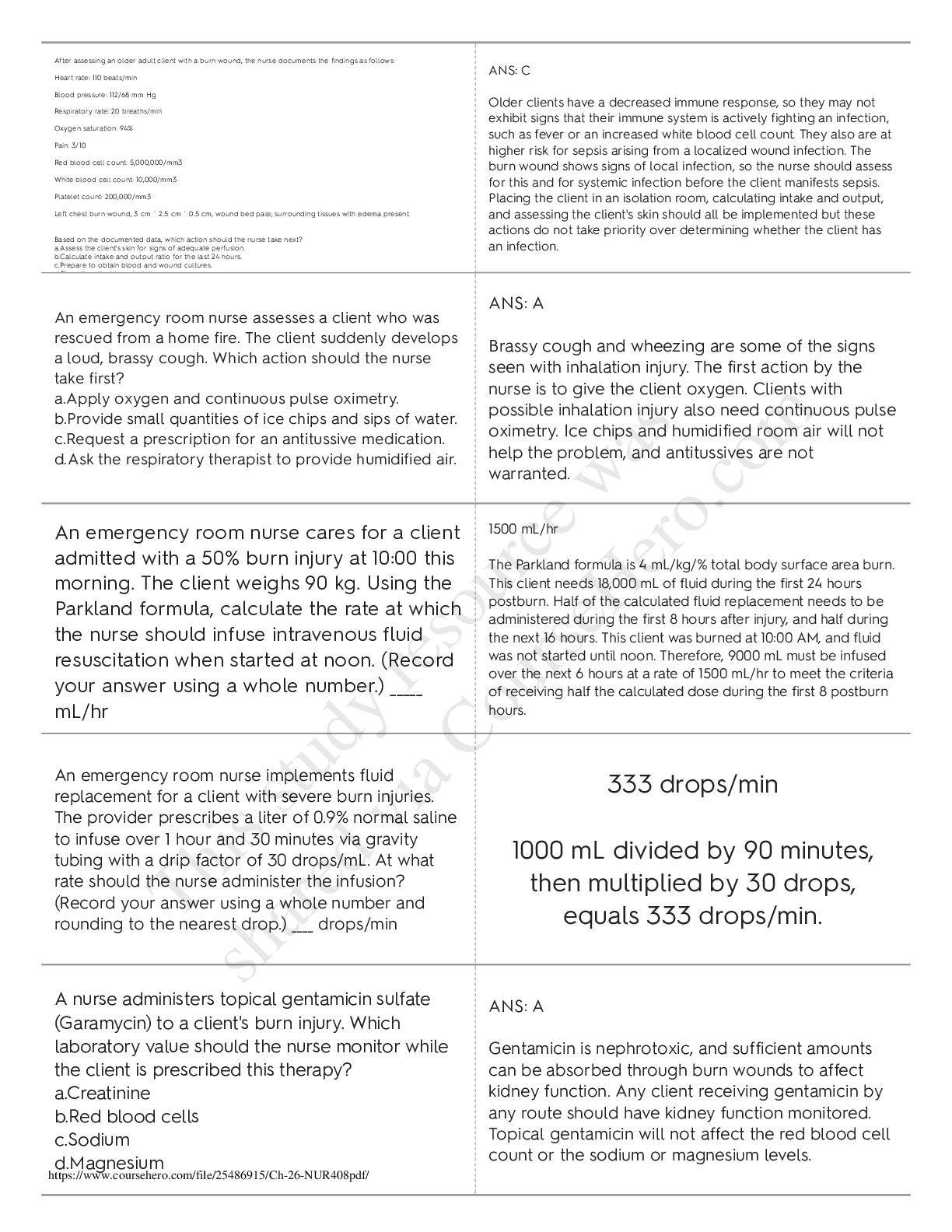


.png)

